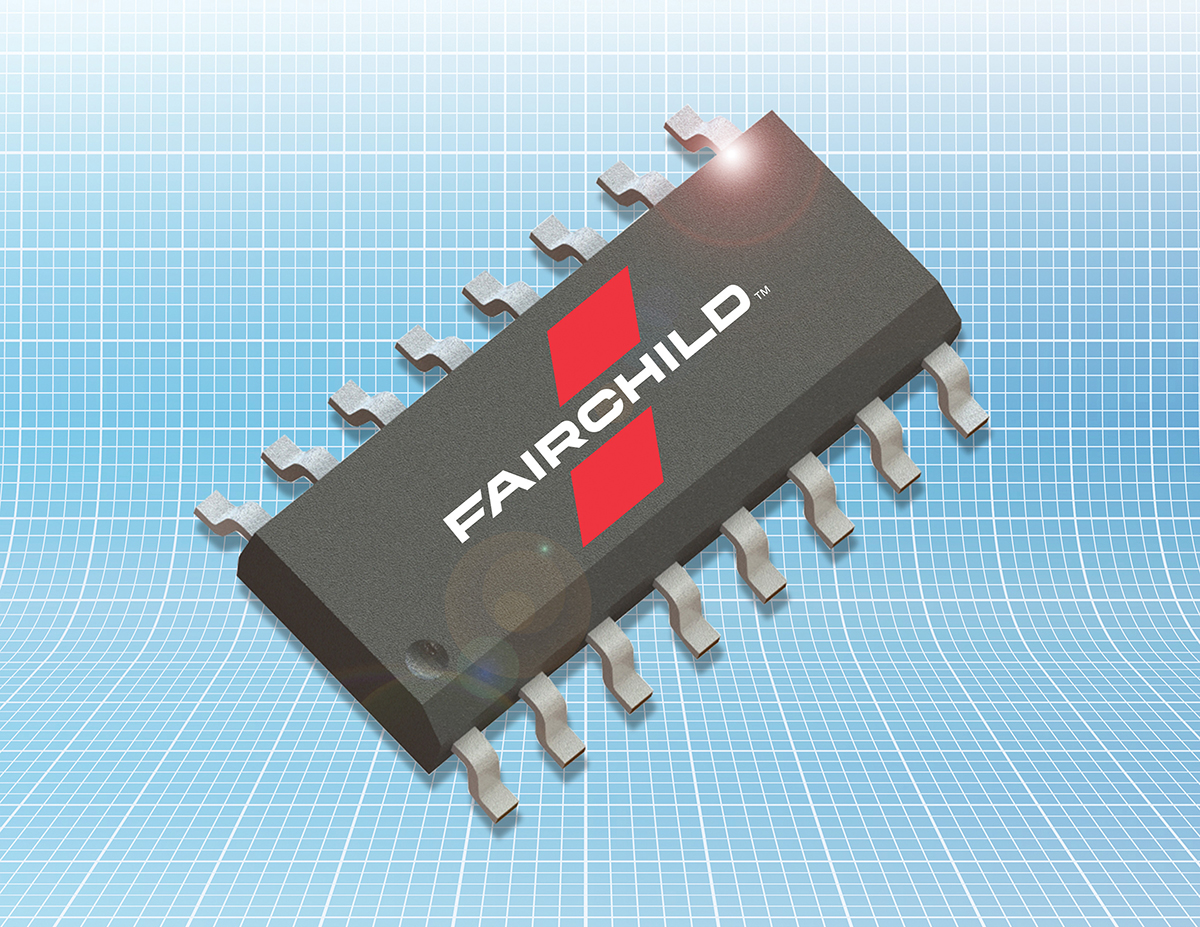Fairchild debuted its FL77944 solution in its LED Direct AC Drive family of solid-state LED lighting solutions that manufacturers can use to scale power and create smart and scalable LED-based lighting products that can be smaller, have higher performance and a longer system lifetime compared to products using the switch mode power supply (SMPS) approach.
The FL77944 has key dimming capabilities required for smart lighting products, including phase-cut dimming as well as analog and PWM dimming, which is also key for wirelessly connected lighting. It also comes with the ability to scale to support higher power applications up to 120W by wiring products in parallel is a critical feature, which reduces the number of different ICs that manufacturers need to keep in inventory.

Currently available, the FL77944 can eliminate the need for electrolytic caps, transformers and inductance coils. This reduces both the bill-of-materials (BOM) costs and the overall complexity compared to designs using SMPS. The FL77944 enables designers to reduce their board space requirements by locating the controller IC on the same PCBs as the LEDs and by eliminating the need for electrolytic caps, transformers and inductance coils, and the products based on the FL77944 should be more reliable and last longer than SMPS-based products as there are inherently fewer points of failure. In particular, eliminating the need for electrolytic capacitors should improve reliability as they are a common source of failures in SMPS-based products.
“Our FL77944 LED Direct AC Drive is a superior solution for solid-state LED lighting systems compared to expensive light engines based on SMPS technology,” said Gaurang Shah, Fairchild’s senior vice president for its power systems business group. “The FL77944 is a cost-effective integrated circuit with everything manufacturers need for smart LED lighting products so they can accelerate time-to-market and focus on differentiating features, rather than spending precious time cobbling together disparate components.”




